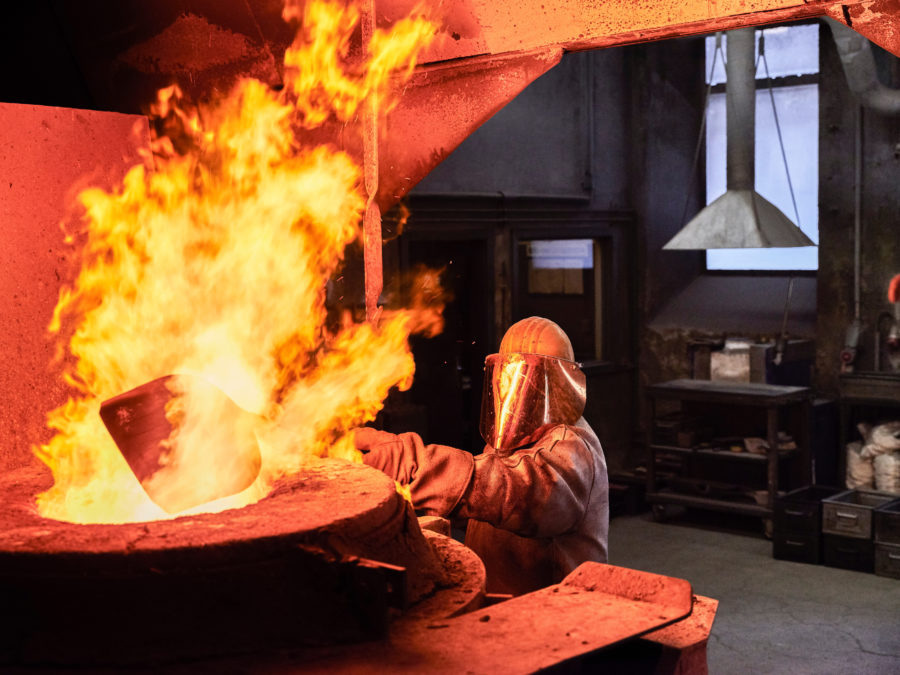2013 Mining Deaths
It is twenty below here in southeastern Iowa. The same as the reported temperature in Fort McMurray. Here everything is mostly shut down. So we stay in doors and avoid discussions about politics.
Instead of trying to records things here—which would just offend somebody—I repeat this from an email, and use it as a way to express sympathy with the families of those who died in mining last year.
ARLINGTON, Va. – According to preliminary data released by the U.S. Department of Labor’s Mine Safety and Health Administration, 42 miners died in work-related accidents at the nation’s mines in 2013, an increase from the 36 miners who died in 2012. While mining fatalities occurred at a record low rate for the first three quarters of 2013, during the fourth quarter of 2013, six coal miners and nine metal/nonmetal miners died in mining accidents, a significant increase from the same period in 2012, when four coal miners and two metal/nonmetal miners died.
“Mining deaths are preventable, and those that occurred in 2013 are no exception,” said Joseph A. Main, assistant secretary of labor for mine safety and health. “While we have made a number of improvements and have been moving mine safety in the right direction, the increased number of metal/nonmetal deaths makes clear we need to do more to protect our nation’s miners.
“It takes the entire mining community to continue to reach new milestones in health and safety,” he added. “Miners need the reassurance that they will return home safe and healthy after every shift.”
Last year, there were 20 coal mining and 22 metal/nonmetal mining fatalities, compared with 20 and 16, respectively, in 2012. Four mining deaths in 2013 involved contractors (two each in coal and metal/nonmetal), marking the fewest number of contractor deaths since MSHA began maintaining contractor data in 1983. Fourteen of the coal mining deaths occurred underground and six occurred at surface operations. In metal/nonmetal mining, five deaths occurred underground, and 17 occurred at surface operations.
The most common causes of mining accidents in 2013 involved machinery and powered haulage equipment. West Virginia had the most coal mining deaths, with six, and Kentucky had the most metal/nonmetal mining deaths, with four.Preliminary fatality and injury rate data for the first three quarters of 2013 were .0112 and 2.45, respectively, below the rates for the same period in 2012, which marked the lowest such rates recorded in a calendar year in mining history. [Note: Rates are determined by the number of fatalities or injuries per 200,000 hours worked. Rates for calendar year 2013, which are calculated using operator-reported employment hours, are not yet available.]
For fiscal year 2013 (Oct. 1, 2012, through Sept. 30, 2013), preliminary data indicate a record-low fatality rate of .0104 and injury rate of 2.42, as well as the fewest number of mining deaths at 33.
Main stressed that, to prevent deaths, mine operators must: maintain effective safety and health management programs that are constantly evaluated, continue find-and-fix programs to identify and eliminate mine hazards, and provide training for all mining personnel. Among the measures MSHA has undertaken to prevent mining deaths are: increasing surveillance and strategic enforcement through impact inspections at mines with troubling compliance histories; enhancing pattern of violations actions; implementing special initiatives, such as “Rules to Live By,” which focuses attention on the most common causes of mining deaths; and engaging in outreach efforts with the mining community.
An analysis of mining fatalities, along with best practices for mining operations, is available at http://www.msha.gov/fatals/summaries/summaries.asp. Main’s “From the Assistant Secretary’s Desk – 4th quarter 2013 mining fatalities and end-of-year summary” is available at http://www.msha.gov/FromtheDesk/FromtheDesk162014.asp.
{{ commodity.name }}
{{ post.title }}
{{ post.date }}



Comments